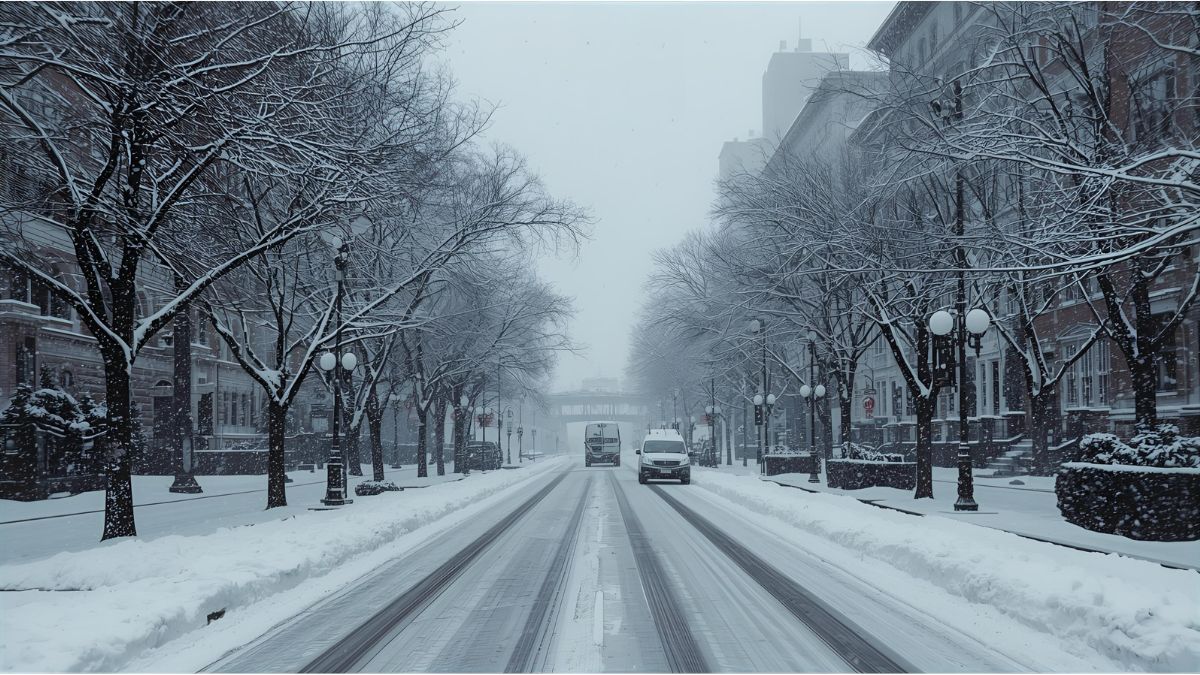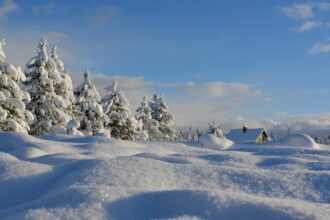The first long-term winter outlooks for Germany 2025 are in, and headlines already speak of a looming “Jahrhundertwinter” (century winter). But how solid is this prediction? Meteorologists warn: the situation is speculative.
The buzz stems from signals that the polar vortex — a powerful stratospheric wind system over the Arctic — may be weaker than usual this season. According to forecasts cited by the Weather Channel on October 10, a less stable polar vortex could permit Arctic cold air to break free and reach mid-latitudes, potentially pushing frigid air into Central Europe.
What is the polar vortex — and how does it affect our weather?
The polar vortex is a vast ring of wind high in the stratosphere encircling the Arctic. When it is strong and stable, it keeps the coldest air confined to the polar region. But when it weakens or splits, cold air can escape and plunge south.
In years when the vortex is disrupted, meteorologists see more meridional patterns — meaning warm air streams from the south and cold air shifts southward from the Arctic. For Germany, this raises the odds of Arctic intrusions and sharper cold spells.
When might the first cold wave arrive?
Forecasters also point to the La Niña phenomenon in the Pacific, known to favor late and intense winters in parts of Europe. In such years, Arctic air outbreaks often appear during January and February. But with a weaker polar vortex, the first frost or cold outbreak might arrive as early as December, though likely only briefly at first.
Danger of a “century winter”? Uncertain
Can we already talk of a “century winter”? Not yet. Climate expert Dr. Karsten Brandt of Donnerwetter.de told Bild that while the combination of a weak vortex and La Niña may increase the odds of a colder winter, it does not offer certainty. The term “Jahrhundertwinter” is more sensational than scientific.
Similarly, U.S. climate models (NOAA) point toward signals of cooler trends in parts of Europe — but they do not predict extreme, record-breaking cold across the board. The “century winter” label thus remains a media tagline rather than a forecast consensus.
What to watch going forward
- Vortex behavior in late autumn/early winter — whether it weakens or splits will be crucial.
- Evolution of La Niña / ENSO state — whether it strengthens or fades affects winter forcing.
- Model consensus shifts — climate models will refine projections in coming weeks.
- Cold episodes vs. average winter — even in colder winters, extremes may be localized.
For now, Germany is not guaranteed a century winter — but conditions point to a winter with higher risk of Arctic intrusions and colder spells than recent seasons.









